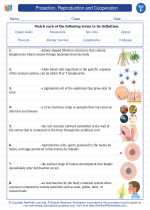Hibernation
Hibernation is a state of inactivity and metabolic depression in animals, characterized by lower body temperature, slower breathing and heart rate, and lower metabolic rate. Many animals hibernate during the winter months as a way to conserve energy when food is scarce and temperatures are cold.
How does hibernation work?
During hibernation, an animal's body goes through physiological changes to help it survive without food for an extended period of time. The animal's metabolism slows down, and it enters a state of torpor where its body temperature drops significantly. This allows the animal to conserve energy and survive on stored fat reserves.
Animals that hibernate
Many different animals hibernate, including bears, bats, groundhogs, and some species of squirrels, mice, and hedgehogs. Each species has its own unique adaptations for hibernation, but the basic goal is the same: to survive the winter months without needing to actively forage for food.
Adaptations for hibernation
Animals that hibernate have evolved specific adaptations to help them survive this period of inactivity. These can include increased fat storage, changes in metabolism, and specialized behaviors to find and prepare a hibernation site.
Study Guide
- What is hibernation?
- Explain how hibernation works in animals.
- Provide examples of animals that hibernate.
- What are some adaptations that help animals survive hibernation?
- Discuss the advantages of hibernation for animals.
Understanding hibernation is important for understanding how animals adapt to their environment and survive in challenging conditions. Studying hibernation can also provide insights into how human activities and climate change may impact hibernating animals and their habitats.
.◂Science Worksheets and Study Guides Sixth Grade. Protection, Reproduction and Cooperation
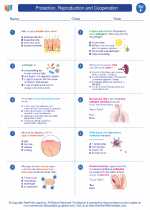
 Worksheet/Answer key
Worksheet/Answer key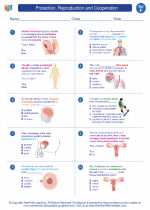
 Worksheet/Answer key
Worksheet/Answer key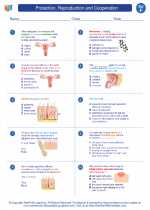
 Vocabulary/Answer key
Vocabulary/Answer key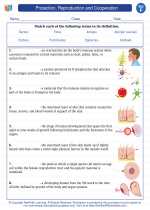
 Vocabulary/Answer key
Vocabulary/Answer key
 Vocabulary/Answer key
Vocabulary/Answer key